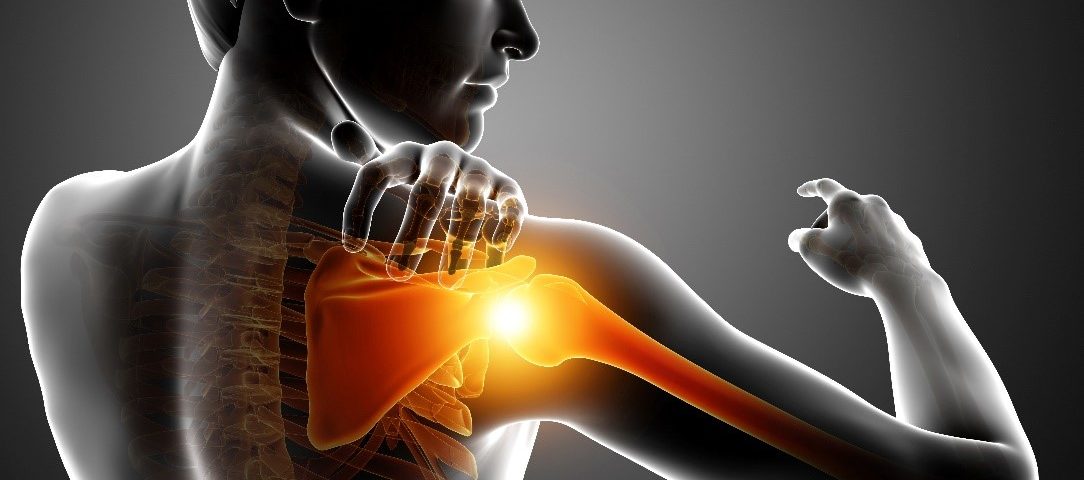
Have you ever landed on tip of your shoulder and faced the ongoing pain? Fair chances are that this pain is coming from the acromioclavicular joint. Injuries in and around the shoulder, including acromioclavicular joint injuries, occur most commonly in active or athletic young adults. The shoulder joint is the connecting point of the clavicle, acromion and scapula. The tip of the scapula and the tip of the clavicle meet to create the acromioclavicular joint.
Role of the Acromioclavicular joint
It plays very important role in allowing overhead movements and maintaining strength while pushing/pulling/lifting.
Injury to the ACJ occurs due to falling onto the tip of the shoulder or onto an outstretch hand, generally happens in contact sports like rugby. It might cause a ‘step deformity’ where there is a visible lift in the clavicle bone which is also known as shoulder separation.
The degree of injury is graded according to the amount of damage done to the ligaments and bones. The most common grades are:
Grade 1: mild sprain of some ligaments, no visible deformity
Grade 2: moderate to severe damage to ligaments, small step deformity visible
Grade 3: rupture of ligaments and damage to associated muscles
Symptoms
Treatment
Immediate requirement is rest, ice, compression and elevation. If the pain lasts for more than a few days, it’s important see your physiotherapist as soon as possible. Immediate management will be stabilizing the ACJ, low level intensity strengthening exercises, massage therapy, joint mobilizations, short term changes to lifestyle and referral for an x-ray if required. Surgery is usually not necessary however in severe cases can be required.
Once you have completed your rehabilitation your physiotherapist can show you several techniques to help you return to sport and prevent ongoing issues.
There are many physical therapy treatments such as Manual therapy & Active Release Techniques (ART) are found to be very effective in treating this type of disorder.
For more information- Contact your local SOS PHYSIO clinic
Tags- Physical therapy clinic Aventura, Physical therapy clinic Sunny Isles, Physical therapy clinic Hallandale, Physical therapy clinic Hollywood, Physical therapy clinic Miami, Medicare physical therapy Hallandale, Best physical therapy clinic Aventura, Shoulder pain physical therapy, Physical therapy for Acromioclavicular joint injury